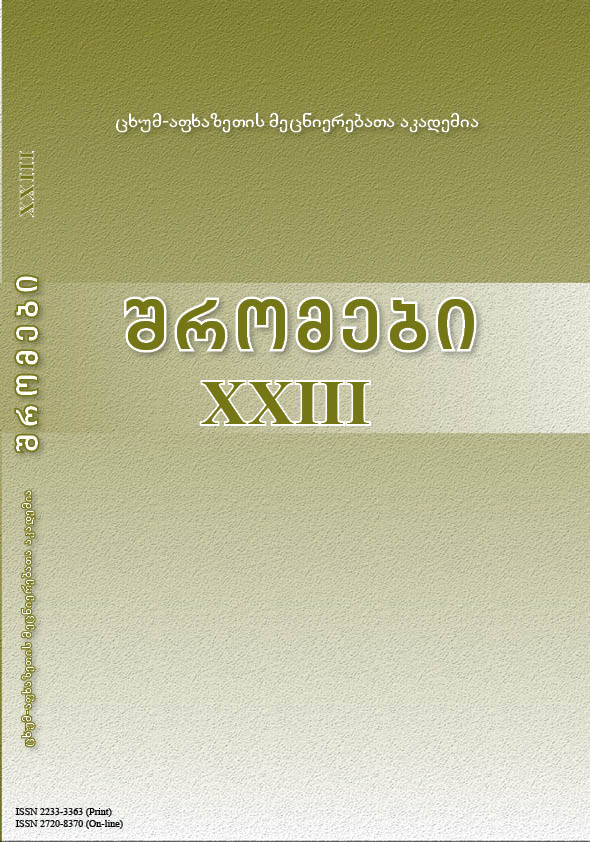Comparative Geographic and Cartographic Analysis of Post-war Changes in the Border Strip of the Psou River Section of the Georgian-Russian State Border
Main Article Content
Abstract
Subject of the study is a comparative geographic and cartographic analysis of the post-war changes in the border strip of the Psou River section of the Georgian-Russian state border. An important section of the northwestern section of the state border of Georgia is the border across the Psou River, which occupies the second place in the border region of the country in terms of length (after the Alazani River) among the border rivers. As a result of long-term transformational processes, the border along this river was formed on the basis of a historical connection with a neighboring state and represented a sufficient contact area, characterized by intensive economic ties. As a result of the well-known events of the 90s of the last century, this section of the border has not been controlled by Georgia for the last 30 years, which created socio-economic problems on the border zone (Georgia side) and caused depopulation of settlements. Therefore, the geographical study and analysis of this space is a topical issue.
Based on studies conducted on electronic versions of topographic maps published in the 70-80s of the last century, a geographic and cartometric analysis of this section of the border zone was carried out. Obtained data is compared with modern satellite images and orthophotomaps. The results of the study are presented in tables and graphs.
